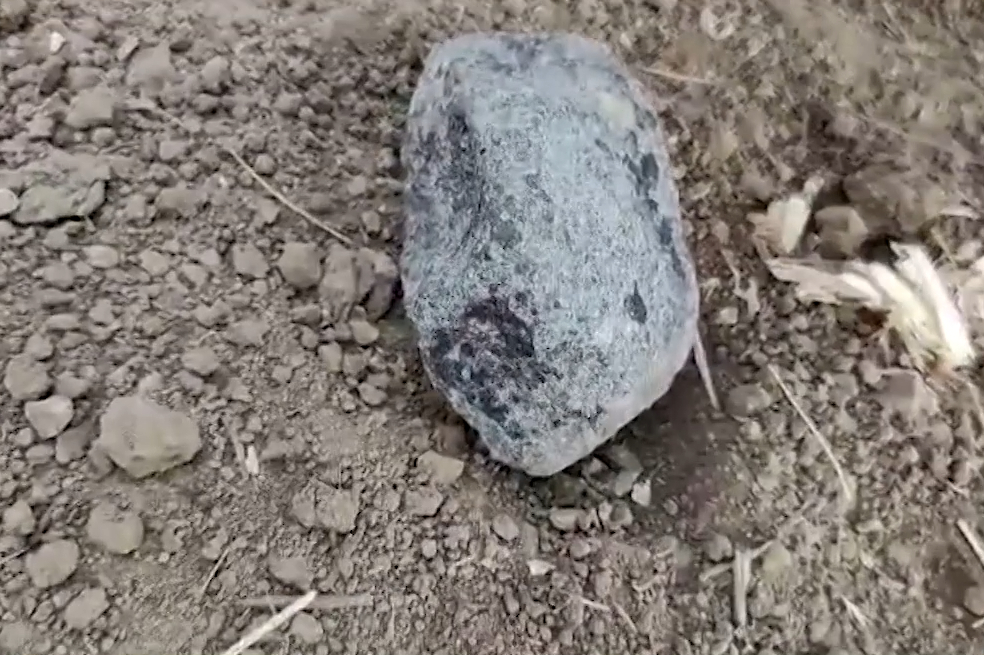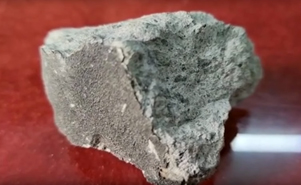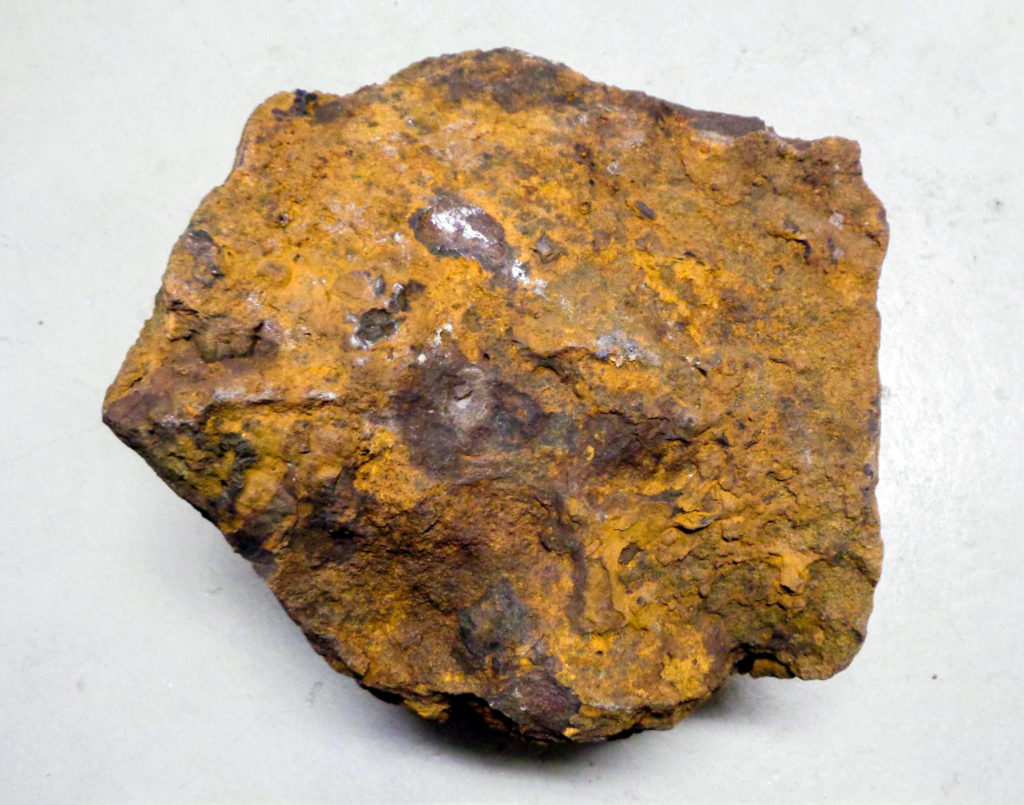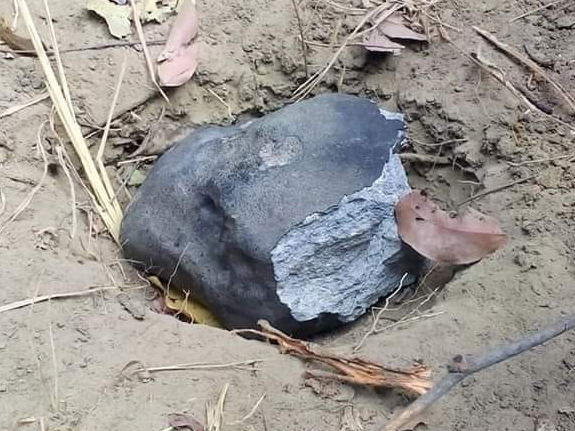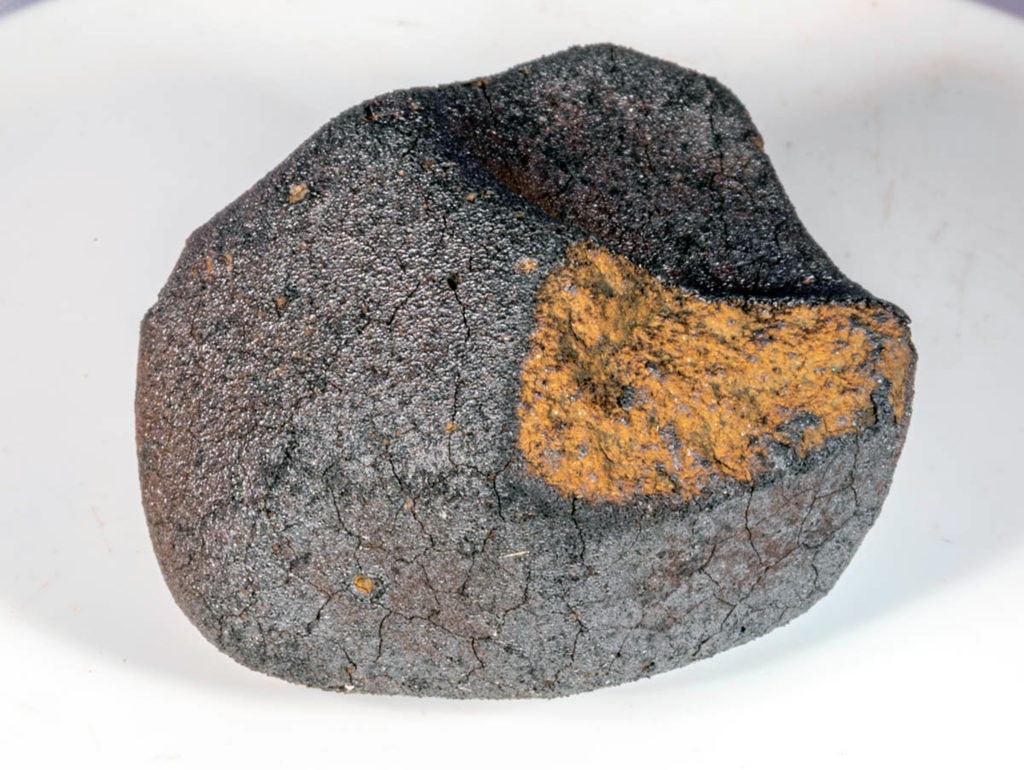Insights into the mineralogy of the Rantila aubrite: A luminescence and VNIR reflectance spectroscopy studyOPEN ACCESS
Anna-Irene Landi, Michael Gaft, Cristian Carli, Fabrizio Capaccioni, Giovanni Pratesi
Icarus, In Press, Journal Pre-proof, Available online 3 July 2025
“Highlights
- Rantila meteorite is a fall, classified as an aubrite.
- Mineralogy shows highly reducing conditions, similar to Mercury’s surface.
- First Laser-Induced Time-Resolved Luminescence investigation on aubrites.
- VNIR spectra indicate that even very low FeO content affects absorption features.
- Spectral and mineralogical studies of reduced meteorites in support of BepiColombo.”
“Rantila aubrite fell in Rantila, Gujarat, India, in August 2022. This study aims to investigate the mineralogy and mineral-chemistry of three fragments of this meteorite and correlate them reflectance spectroscopy in the visible and near-infrared spectral range (VNIR) and Laser-Induced Time-Resolved Luminescence (LITRL). Aubrites’ very low Fe2+ content prevents luminescence quenching under UV light exposure, allowing these meteorites to exhibit well-defined luminescence. The investigated samples have different appearances. One consists of a light-coloured portion primarily composed of FeO-free enstatite, along with forsterite, diopside, plagioclase, minor sulphides (troilite, alabandite, daubréelite, and (Fe,Ca,Mn,Mg)S), and kamacite. The second sample is composed mainly of the same light-coloured portion and hosts a dark forsterite clast. The third sample is mainly made of dark glass. Minor terrestrial weathering is observed, with the detection of sporadic iron oxides/hydroxides. The chemical composition of the detected phases indicates highly reducing conditions during the formation, as expected for an aubrite. The mineral chemistry is similar between the different fragments in terms of major elements concentrations, some differences are observed for minor elements. Luminescence spectra indicate Cr3+ and Mn2+ as activators in diopside and forsterite, respectively, for two of the three samples. Ce3+ is the activator in the third sample, which lacks forsterite and has lower Cr2O3 contents in diopside compared to the other two samples. Therefore, the differences in mineral chemistry observed through electron microprobe analysis (EPMA) are further emphasized by luminescence data. Investigating the luminescence behaviour could provide a valuable contribution to the mineralogical-petrological study of these materials. VNIR reflectance spectra are consistent with low Fesingle bondCa pyroxene and forsterite. The main absorption typical of mafic minerals (~0.9 μm) is deeper than what has previously been observed in aubrites: this can be related to the slightly higher FeO concentrations, which, despite being very low (<0.4 wt%), still contribute to the absorption. Absorption features at ~1.4 μm and ~ 1.9 μm are consistent with low terrestrial weathering presence. Increasing the knowledge of the correlation between spectral properties and mineralogy/mineral chemistry on highly reduced meteorites will be useful for future investigation of Mercury with the ESA’s BepiColombo mission, specifically for the interpretation of the data expected from the Spectrometer and Imagers for MPO BepiColombo Integrated Observatory SYStem (SIMBIO-SYS)/Visible and near Infrared Hyperspectral Imager (VIHI) and Mercury Radiometer and Thermal Infrared Spectrometer (MERTIS) instruments.”


